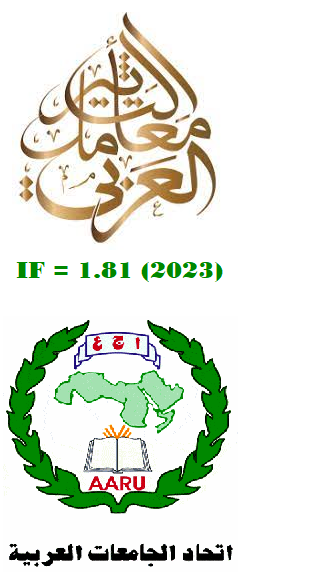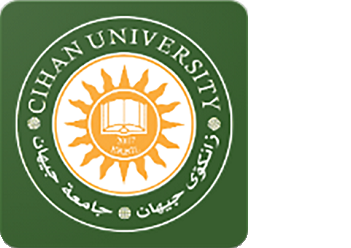The Impact of Human Resources on the Banking Sector Performance in Syria
Abstract
This research deals with the relationship between some of the general characteristics of human resources in the Syrian banking sector, such as the level of education, training and experience, and the operational financial efficiency of this sector. The data for the human resources is collected from the employees of several private banks in Syria, then testing the relationship with the financial data derived from the annual financial statements published by those banks for year 2019, the same year of data collection. This study is the cornerstone of complementary studies, which is more specialized in the field of human resources and financial performance. The study concluded that there is no effect of the human resources efficiency on financial performance for year 2019, which raises the urgent need of conducting similar research for a range of years and more comprehensive study on the factors that effect financial performance whether in the Syrian market or other markets as a part of behavior analysis on financial market.
Downloads
References
Aparicio, M. (2014). Postgraduate level and its impact on academic studies and professional careers, social and job mobility and identity. A study about PhD graduates and PhD students at UNCuyo, in the light of a sui generis paradigm. Journal of Educational and Social Research, 4(2), 474-477.
Casu, B., Girardone, C., & Molyneux, P. (2015). Introduction to Banking. 2nd ed. Harlow: Pearson.
Chen, Z., & Wu, Y. (2007). The relationship between education and employment: A theoretical analysis and empirical test. Frontiers of Economics in China, 2(2), 187-211.
Choudhry, M. (2018). An introduction to Banking. 2nd ed. West Sussex: Wiley.
Durrah, A. I., & Al-Sabbagh, Z. N. (2008). Human Resources Management in The 21st Century. Amman: Dar Wael Press.
Fonseca, M., & Fratesi, U. (2017). Regional Upgrading in Southern Europe: Spatial Disparities and Human Capital. Berlin, Germany: Springer International Publishing.
Karier, T. (2010). Intellectual Capital: Forty Years of the Nobel Prize in Economics. New York: Cambridge University press.
Massoudi, A. (2016). Employee performance dimenions in Kurdistan region hotel industry. International Journal of Recent Scientific Research, 7(10), 353-359.
Moles, P., & Terry, N. (2005). The Handbook if International Financial Terms. Oxford: OUP Oxford.
Odeh, S. S. (1994). Personnal Managment. Tripoly, Lebanon: Open University Publications.
OECD. (2014). Education at a Glance 2014: Highlights. Paris: OECD Publishing.
Snell, S., & Morris, S. (2018). Managing Human Resources. United States: Cengage Learning.
Solow, M. (2017). Creating a Consumer-grade Experience for Employees with Digital HR. India: Delo.
Copyright (c) 2020 Kenan I. ALSAYEGH, Anas M. Z. Al-Haj Hussein, Ali H. Hatoum

This work is licensed under a Creative Commons Attribution-NonCommercial-NoDerivatives 4.0 International License.
Authors who publish with this journal agree to the following terms:
1. Authors retain copyright and grant the journal right of first publication with the work simultaneously licensed under a Creative Commons Attribution License [CC BY-NC-ND 4.0] that allows others to share the work with an acknowledgment of the work's authorship and initial publication in this journal.
2. Authors are able to enter into separate, additional contractual arrangements for the non-exclusive distribution of the journal's published version of the work (e.g., post it to an institutional repository or publish it in a book), with an acknowledgment of its initial publication in this journal.
3. Authors are permitted and encouraged to post their work online (e.g., in institutional repositories or on their website) prior to and during the submission process, as it can lead to productive exchanges, as well as earlier and greater citation of published work (See The Effect of Open Access).









